
Environmental Requirements of Poultry Farming
March 24, 2022, 11:34 am
The environmental factors affecting poultry performance include temperature, relative humidity (RH), wind velocity or air movement, quality of the air inside the house and altitude.
All these factors are to a great extent interrelated. It is known that temperature and RH in particular interact strongly.
Environmental Requirements of Poultry Farming
In humid areas, birds are more susceptible to high ambient temperatures because of the reduced scope for loosing heat by water evaporation. On the other hand, heat tolerance can be increased if one can bring about some air movement, as heat loss is increased through convection.

Thus, the effects of any single climatic factor are relative to the others. This is why the term ‘effective temperature’ has been introduced, indicating that the effect of the ambient temperature can be different in relation to the effect of other factors present. For the sake of clarity, the effects of every single factor mentioned are discussed below.
Temperature Effects
The ambient temperature can affect the birds’ performance through its effect on the bird’s energy requirement for its maintenance. As energy is mainly derived from food, it is easy to understand why the birds attempt to regulate their feed intake in accordance with the prevailing environmental temperature.

At high temperature, the remaining energy intake may be too low, and as heat production goes up, the birds are no longer able to maintain their performance at an acceptable level. Poultry performance under tropical conditions is therefore mainly determined by the actual feed intake, both in adult and in young birds.
Temperature Effects on Young Birds
One-day old chicks are not able to maintain body temperature as effectively as older birds. Although this ability grows with age, there is a distinctive temperature range which is the most suitable one for younger birds. It starts with 32-35°C on the first day, and gradually decreases to 20°C at four weeks of age. Higher temperatures reduce feed intake and consequently growth rate.

In pullets, a low feed intake depresses the growth rate, and can also delay sexual maturity. The effect on the subsequent laying period is assumed to be small. Only egg weight may be slightly reduced. However, we must keep in mind that these effects are not necessarily observed always and under all circumstances. Temperatures may vary and climatic control may not always be effective.
Temperature Effects on Laying Birds
The effects of temperature in the performance of laying birds are more important. Numerous experimental data indicate that, at least in the range of 15 to 25°C, change temperature results in less feed intake at the rate of 1.5% on an average per one degree centigrade. At higher temperatures, the decrease in feed consumption will be greater.
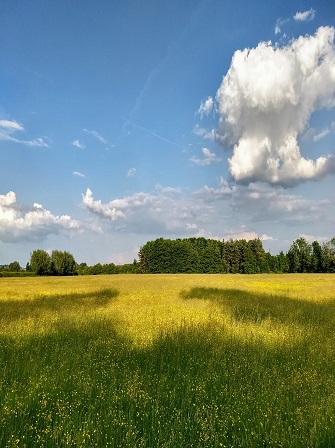
A reduction in feed intake as a consequence of high environmental temperatures may not however, necessarily cause reduction in the number of egg produced because the birds need less energy for their maintenance. If any reduction in egg production occurs it could be attributed to reduction in the intake of nutrients other than energy.
According to this view, lower egg production in hot climate is, in most cases, caused by an inadequate supply of protein, and/or minerals and vitamins. A decrease in egg production can therefore be considered as an indirect effect of high ambient temperatures. If this is true, it leads to the conclusion that under high temperature conditions, a well-balanced diet can make good the production losses within a temperature range of up to 30°C, at least as far as the number of eggs is concerned.
Egg weight is however affected at lower temperature i.e. from 25°C or less, depending on the breed involved and on the prevailing climatic and other environmental conditions. Generally, the reduction in egg weight amounts to 0.2 to 0.4g per °C in temperature change.
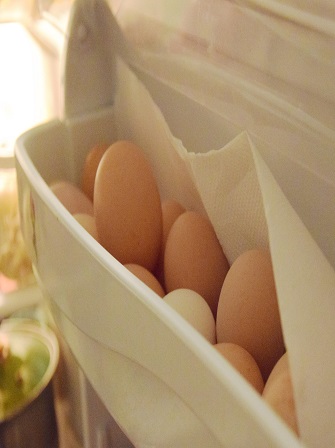
Again, it must not be thought that such effects always occur, and that the level or degree of responses will be always the same. Lower egg weight (without affecting the number of eggs produced) is the result of less energy being available for production. All factors affecting energy intake will therefore have an effect on egg weight.
Generally, egg weight is, to a great extent related to body weight. This correlation is always noticeable within breeds, and in hot climatic conditions as well. Besides, body weight is equally influenced by the energy metabolism as egg weight is. Lack of energy therefore also results in a lower body weight. It is also considered to be a result of high ambient temperatures.

Prolonged exposure to high temperatures starting from 27°C will cause a deteriorating in the egg shells. Reduction of egg shell strength is in most cases not a consequence of calcium deficiency brought about by a reduction of feed intake, but as a result of a disturbed carbon dioxide metabolism to at least as long as the dietary calcium level meets the bird’s requirements.
The high frequency of respiration, or hyper-ventilation results in low levels of carbon dioxide and calcium in the blood. A large number of scientist believe that this is the reason for production of eggs with soft shells. When ambient temperatures remain high and no corrective measures are taken, the number of eggs produced will eventually decrease.
To see how to build poultry houses that ensures the right temperature levels for the birds, check out our video tutorials on Poultry Housing
And if you need qualified and experienced builders to help you build your poultry house that will ensure good egg and meat production, check out our Farm Setup Consultation Services

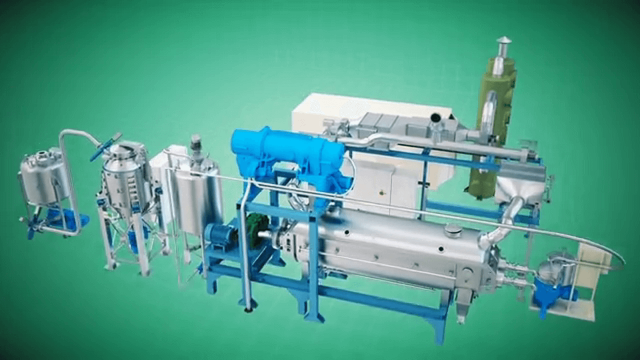




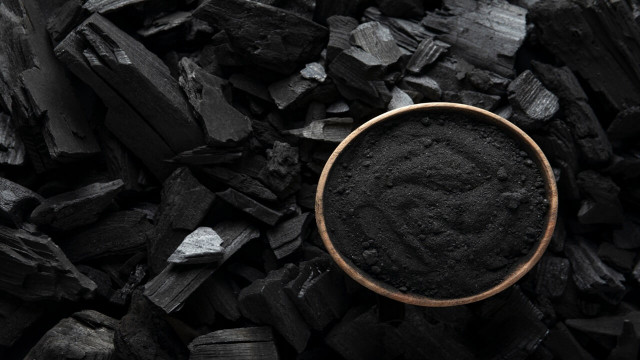
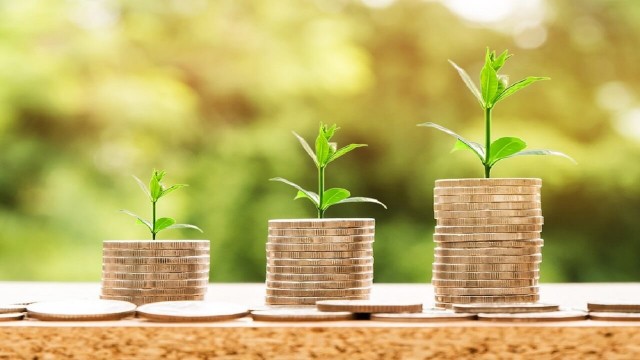
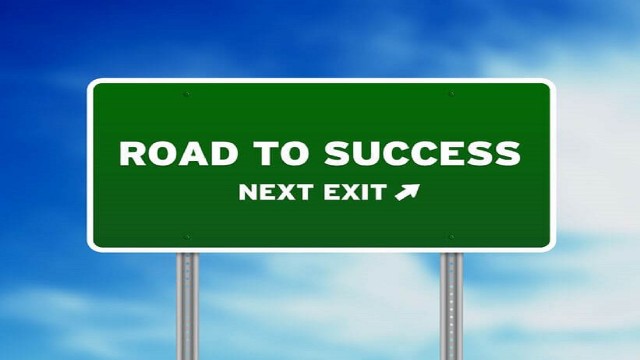
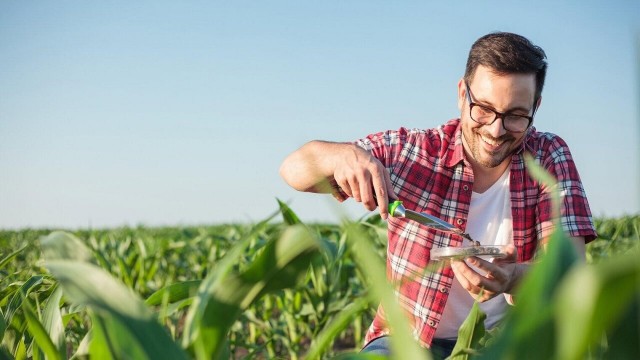

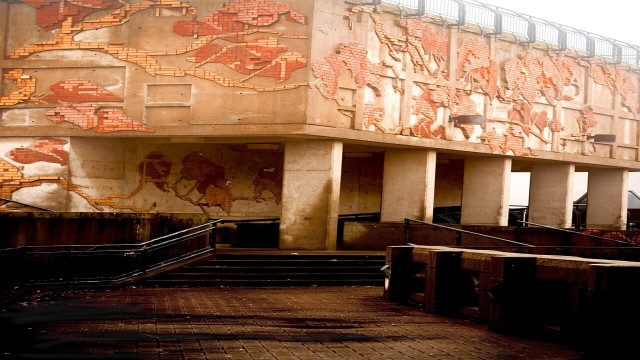
Share This Article: